2018年11月1日(Thu.) ハロウィン話題が多すぎる印象もありますが、そのルーツなどについて英文で簡単に説明されていますので、その記事を紹介しておきます。 ( ニュースソース: iceland monitor. 10月31日発 )
<原文の一部>
Halloween at the Árbær Open Air Museum

Reykjavík City Museum will be celebrating Halloween at the Árbær Open Air Museum today, Wednesday 31st October 2018 from 17:00- 19:00.
As dusk descends, the grounds of the museum will be cloaked in a supernatural air of mystery; and there in the twilight, you might just catch a glimpse of the ghosts of old times past.
Visit the museum and find out about the fascinating customs of this ancient Celtic tradition, and, you never know, you might come across a few lost, old spirits wandering around the grounds.
The bravest can knock on doors of spooky old houses with a glowing jack-o-lantern and play trick or treat on the deathly inhabitants.
Don't forget to stop by at Lækjargata House where you can learn how to make Halloween candy bags to collect all your treats. Don't worry; the bags are strong enough to hold lots of goodies!
Admission is free for guests dressed in creepy costumes. Kids 12 years or younger must be accompanied by an adult. Those who scare easily might want to bring someone to hold on to!
The programme starts at 17:00 and runs until 19:00.
Halloween has seen somewhat of a revival across Europe in the past few years with many museums celebrating the event with great success. According to both old Nordic traditions and Celtic folklore, Halloween marks the start of the old New Year's Eve or Winter's Eve, and the end of summer, which was celebrated with much gratitude for a good harvest and hopes for future prosperity.
All Hallows' Day, celebrated on November 1st, was the most sacred festival of the Catholic Church in Iceland. According to Grágás (The Grey Goose Laws) farmers were obliged to help the poor and give them food. The day before, which was originally known in English as All Hallows' Eve, evolved, and together with Samhain it merged into Halloween – a famous festival celebrated throughout the British Isles. As a result of its extensive cultural influence, it's now celebrated in many countries around the world.
Samhain (summer's end) is the name of the ancient Celtic festival celebrated from 31st October – 1st November. It marks the end of the harvest season and the beginning of winter, or the dark part of the year. During Samhain people lit bonfires and dressed up in costumes to protect themselves from supernatural beings and spirits. People went from door to door in costume with turnip lanterns reciting verses in exchange for food. This festival is now known as Halloween or hrekkjavaka in Icelandic.
***
記事の前半は、首都レイキャビクのミュージアムでのハロウィンイベントについて紹介されています(屋外)。
そして、文字色を変えた後半部分は、ハロウィンの成り立ちなどが簡単に説明されています。 ケルトの流れも融合していることがわかります。(原文を読み流して下さい。)
ただ単に、ハロウィンを楽しむだけでなく、その意味などを知っておくと、関心や理解がより深まるのではないでしょうか。
***
ところで、最近、ケルトにもつながるティン・ホイッスル( Tin Whistle = ブリキの笛)を練習しています。 シンプルな縦笛ですが、情緒豊かな曲を聴く(吹く)ことができます、上手になれば・・・ですが。
*** 下の写真は、記事内容とは関係ありません。

***
<原文の一部>
Halloween at the Árbær Open Air Museum

Reykjavík City Museum will be celebrating Halloween at the Árbær Open Air Museum today, Wednesday 31st October 2018 from 17:00- 19:00.
As dusk descends, the grounds of the museum will be cloaked in a supernatural air of mystery; and there in the twilight, you might just catch a glimpse of the ghosts of old times past.
Visit the museum and find out about the fascinating customs of this ancient Celtic tradition, and, you never know, you might come across a few lost, old spirits wandering around the grounds.
The bravest can knock on doors of spooky old houses with a glowing jack-o-lantern and play trick or treat on the deathly inhabitants.
Don't forget to stop by at Lækjargata House where you can learn how to make Halloween candy bags to collect all your treats. Don't worry; the bags are strong enough to hold lots of goodies!
Admission is free for guests dressed in creepy costumes. Kids 12 years or younger must be accompanied by an adult. Those who scare easily might want to bring someone to hold on to!
The programme starts at 17:00 and runs until 19:00.
Halloween has seen somewhat of a revival across Europe in the past few years with many museums celebrating the event with great success. According to both old Nordic traditions and Celtic folklore, Halloween marks the start of the old New Year's Eve or Winter's Eve, and the end of summer, which was celebrated with much gratitude for a good harvest and hopes for future prosperity.
All Hallows' Day, celebrated on November 1st, was the most sacred festival of the Catholic Church in Iceland. According to Grágás (The Grey Goose Laws) farmers were obliged to help the poor and give them food. The day before, which was originally known in English as All Hallows' Eve, evolved, and together with Samhain it merged into Halloween – a famous festival celebrated throughout the British Isles. As a result of its extensive cultural influence, it's now celebrated in many countries around the world.
Samhain (summer's end) is the name of the ancient Celtic festival celebrated from 31st October – 1st November. It marks the end of the harvest season and the beginning of winter, or the dark part of the year. During Samhain people lit bonfires and dressed up in costumes to protect themselves from supernatural beings and spirits. People went from door to door in costume with turnip lanterns reciting verses in exchange for food. This festival is now known as Halloween or hrekkjavaka in Icelandic.
***
記事の前半は、首都レイキャビクのミュージアムでのハロウィンイベントについて紹介されています(屋外)。
そして、文字色を変えた後半部分は、ハロウィンの成り立ちなどが簡単に説明されています。 ケルトの流れも融合していることがわかります。(原文を読み流して下さい。)
ただ単に、ハロウィンを楽しむだけでなく、その意味などを知っておくと、関心や理解がより深まるのではないでしょうか。
***
ところで、最近、ケルトにもつながるティン・ホイッスル( Tin Whistle = ブリキの笛)を練習しています。 シンプルな縦笛ですが、情緒豊かな曲を聴く(吹く)ことができます、上手になれば・・・ですが。
*** 下の写真は、記事内容とは関係ありません。

***










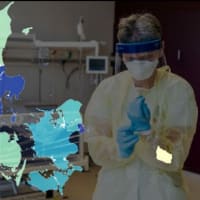


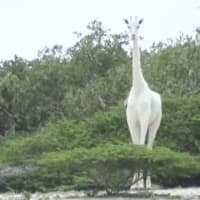
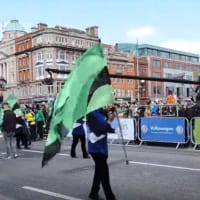
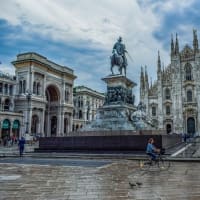
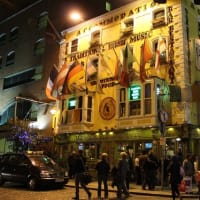
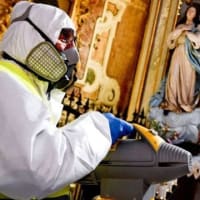
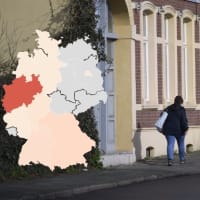

※コメント投稿者のブログIDはブログ作成者のみに通知されます